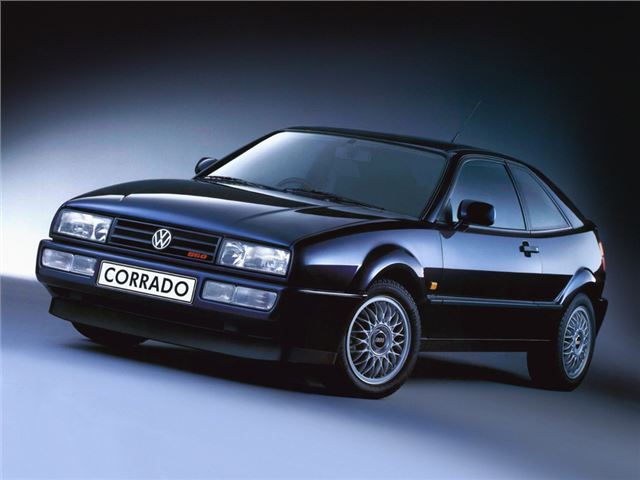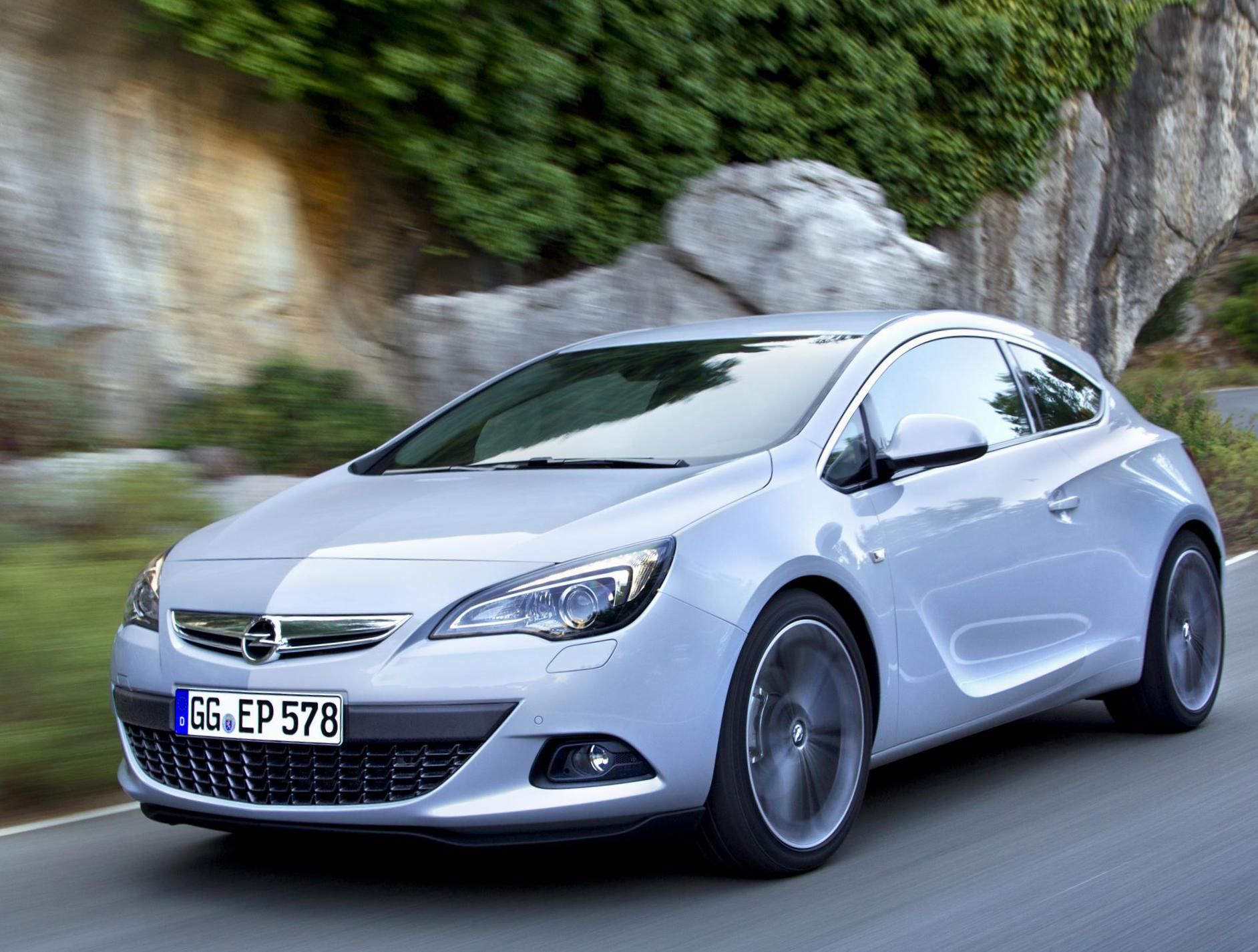
Last call - Volkswagen Corrado (1988-1995)
Volkswagen Corrado is based on the Golf II. Despite the past years, the car can still pleasantly surprise with its characteristics, as well as driving performance. Those who are interested in buying should not hesitate. This is the last call to buy a well maintained Corrado at a reasonable price.
In 1974, production of the Volkswagen Scirocco began. The spectacularly designed hatchback on the first generation Golf platform won the recognition of buyers, which was also facilitated by an affordable price. More than half a million units of the first generation Scirocco entered the market. On its basis, the second generation of the car was created - larger, faster and better equipped. The first Scirocco II appeared on the roads in 1982.
A few years later, no one in Volkswagen had any doubts - if the concern was going to produce sports cars, it had to develop a worthy successor to the Scirocco. It was the Corrado, which began production in 1988.
The car uses chassis elements from Golf II and Passat B3. Like the Scirocco, the Corrado was not built by Volkswagen. The Karmann plant in Osnabrück took over the burden of car production. This approach to the production method did not help to reduce the cost, but it did contribute, among other things, to the production of special versions that were used several times.
For interior decoration, materials of decent quality were used. The space in front will satisfy even tall people, and in the back it will be convenient only for children. Besides, just being in the second row is not an easy task.
The wide range of seat adjustments and the optional adjustable steering column make it easy to find the perfect position. While driving, it turns out that a body without overly fanciful roof pillars does not restrict visibility. Until 1991, the trunk volume was 300 liters. In the upgraded Corrado, the trunk has been reduced to a modest 235 liters. The extra space was used, among other things, to enlarge the fuel tank.
Giugiaro is behind Volkswagen's sporty body design. Over the years, muscular body shapes do not age. Well-groomed Corrado is still pleasing to the eye. The car can also impress with driving performance. On level ground, the rigidly tuned chassis provides very good traction.
It is accompanied by powerful engines. The Corrado was initially available in 1.8 16V (139 hp) and 1.8 G60 mechanically supercharged (160 hp) units. After the facelift, both motorcycles were discontinued. Engines changed to 2.0 16V (136 hp), 2.8 VR6 (174 hp; US market version) and 2.9 VR6 (190 hp). At the end of the production run, the line was extended with the base 2.0 8V. The engine at idle develops 115 hp, which, compared with a mass of 1210 kg, is quite a decent value. Corrado's game leaves much to be desired. Depending on the version, the sprint to “hundreds” lasted from 10,5 to 6,9 seconds, and the maximum speed was 200-235 km / h.
Powertrain, suspension and equipment defects can be repaired relatively cheaply due to the wide availability of spare parts and used parts. The situation is exacerbated when the owner faces the need to deal with corrosion or repair a car damaged in a collision. The availability of body parts is limited, which clearly affects prices.
Emergency copies can cause most problems. The well-maintained Corrado can hardly be called an overloaded car. In the case of the mechanically supercharged version with the G60 engine, the repair of the compressor is the most expensive and the most difficult. The VR6 motor can burn out the head gasket relatively quickly. All units should be inspected for oil and coolant leaks, worn synchromesh in the box, worn seat mounts, stamped suspension, or excessively worn pivots. Relatively often, a visit to the mechanic is also caused by malfunctions in the electrical system and the brake system.
It is especially worth recommending cars manufactured after 1991. The desire to introduce a powerful VR6 engine into the offer forced, among other things, a change in the shape of the bonnet. Such an element as extended fenders and new bumpers were also found in weaker versions. The facelift also brought a new interior design - the interior of the Corrado no longer resembles the second-generation Golf, but is made similar to the Passat B4.
Volkswagen spared no expense in the Corrado's equipment. ABS, trip computer, electrically adjustable mirrors and rear spoiler, alloy wheels and fog lights are elements not found in many later cars. The list of optional equipment is also impressive. air conditioning, oil pressure gauge, heated seats, cruise control, electronic differential lock and two airbags - a passenger airbag was available in 1995.
High prices and Volkswagen's brand image at the turn of the 80s and 90s actually prevented Corrado from reaching a wider group of customers. Less than 100 copies were released to the market.
The reopening of the Corrado allowed drivers to lower the price of used cars. Who decides to buy will not regret. British Car magazine included the Corrado in the list of "25 Cars You Must Drive Before You Die". Service MSN Auto recognized the German athlete as one of the eight "cool cars that we miss." Richard Hammond of Top Gear was also positive about the Corrado, stating that the car rides better than many current models while still being reasonably fast.
Finding a worthy Corrado will be a daunting task. It is worth remembering that only cars that are not spoiled by tuning and accident-free will win in price. In the next ten years, cars with the most powerful engines or from special series - incl. Edition, Leder and Storm.
Recommended engine versions:
2.0 8V: The stock engine at the end of production provides decent enough performance. The simple design and widely available spare parts mean that the need for repairs will not be an undue burden on your pocket. In everyday use, the engine behaves the same way as the more powerful 1.8 18V motors - it has almost the same torque, which is available at much lower rpm. It may also be important for some drivers that the 2.0 8V engine works well on gas.
2.9 BP6: A powerful engine under the hood of a small car works wonders. Even today, the flagship Corrado impresses with its performance and smooth engine performance. It is important to note that due to the relatively small effort, the engine remains durable. The only recurring defect is quickly burning gaskets under the head. Corrado VR6 in good condition depreciates more slowly than other versions. Over time, having to spend more money on a purchase can pay off.
advantages:
+ Attractive style
+ Very good driving characteristics
+ Good material for cabin boy
Disadvantages:
– A large number of overloaded vehicles
– Limited offer
– Possible problems during body repair
Prices for individual spare parts - replacements:
Lever (front): PLN 90-110
Discs and pads (front): PLN 180-370
Clutch (complete): PLN 240-600
Approximate offer prices:
1.8 16V, 1991, 159000 km, PLN 8k
2.0 8V, 1994, 229000 km, PLN 10k
2.8 VR6, 1994, no date km, PLN 17 thousand
1.8 G60, 1991, 158000 16 km, thousand zlotys
The photos were taken by Olafart, user of the Volkswagen Corrado.
